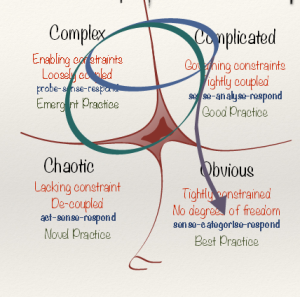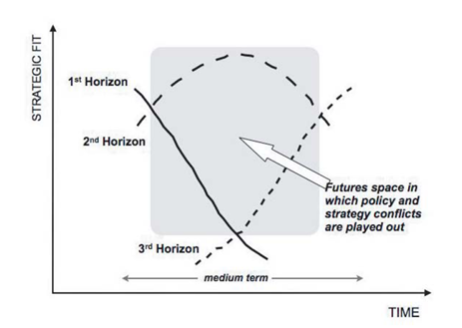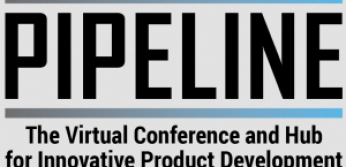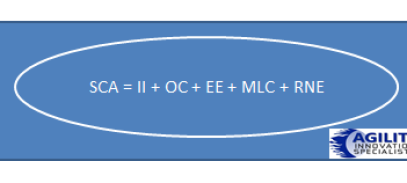
We need to think differently about innovation and why it needs complexity and adaptive thinking as part of its design.
Complexity within systems challenge us to think differently, it pushes us to think outside often our normal experiences, to confront and understand and then restructure, often the unordered, into a new order.
Organizations are in need of understanding the complexities within their systems far more.
Complexity within innovation is always adaptive.
The challenge with managing complexity is that it is made up of many shifting and connected parts, that form much around interactions and relationships. These new ‘connections’ are shifting and challenging much of our previous understanding, built often on past practice and entrenched thinking.
Continue reading “Understanding Challenges Within Innovation Complexity”








